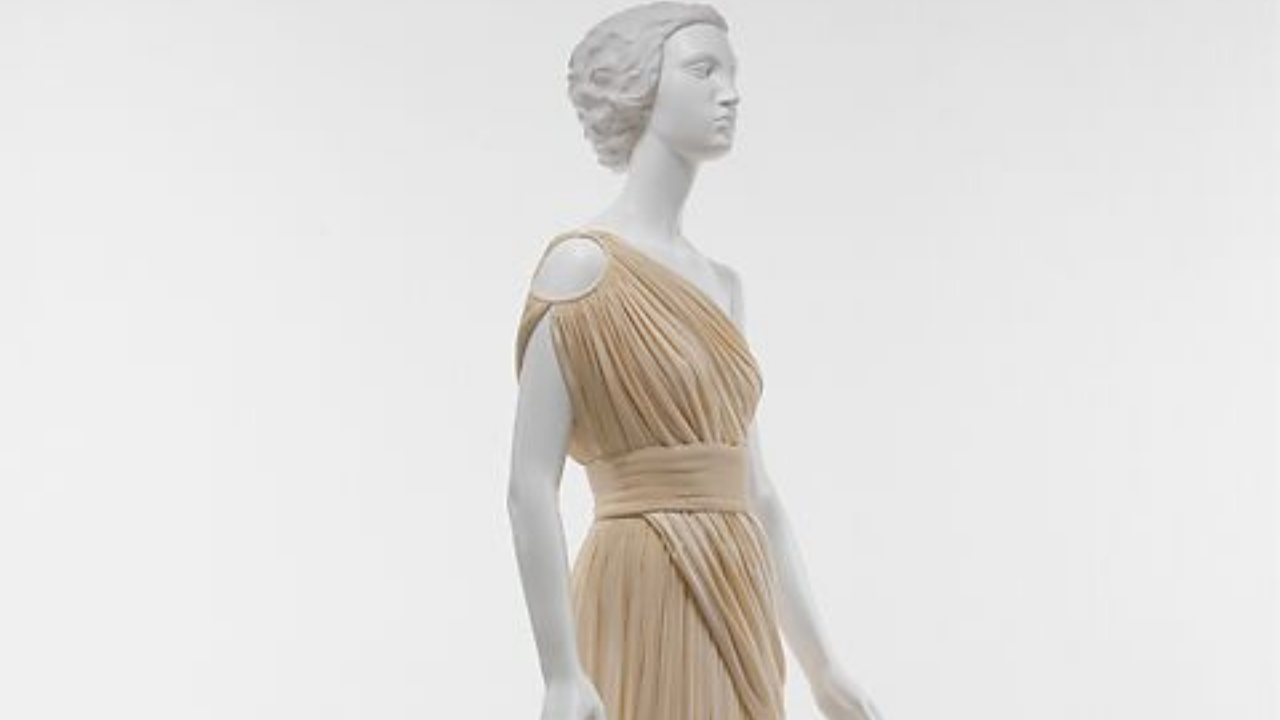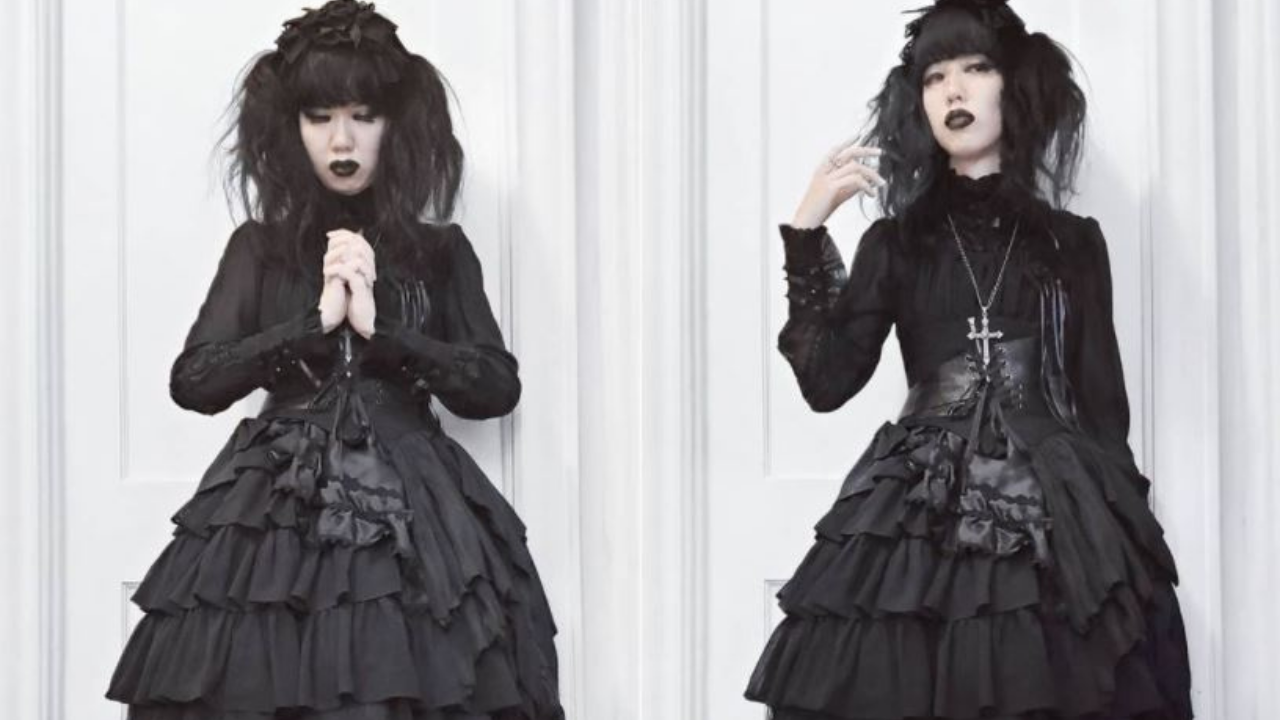In a world of fast fashion and fleeting trends, one garment has managed to stitch itself into history with nothing but a rectangle of fabric and the elegance of simplicity. The chiton, a staple of ancient Greek clothing, wasn’t just a garment; it was geometry worn with grace.
The Fabric of Democracy and Drama
Worn by everyone from Athenian philosophers to Spartan soldiers and Olympic athletes, the chiton was democracy in drapery. Made from linen or wool, the chiton was essentially a rectangular textile folded and fastened along the shoulders, with open sides that could be belted or left loose. No zippers. No tailoring. Just clever folds, pins (called fibulae), and belts all working together to create garments that moved with the body like poetry.
Men’s chitons were typically shorter, stopping at the knee for ease during battle or labor. Women’s versions flowed down to the ankles, often layered and pleated, radiating quiet dignity. The chiton adapted to its wearer’s role, modest for matrons, daring for dancers, functional for warriors.
Engineering in Fabric
Despite its apparent simplicity, the chiton was a masterclass in structural draping. The Ionic chiton, popular in the 5th century BCE, required fabric as wide as twice the wearer’s height, folded and pinned along both arms, almost resembling a sleeved tunic. Earlier Doric versions used fewer pins, often leaving the arms bare, allowing for freer movement and a slightly austere silhouette.
These were not garments of indulgence but of balance, a harmony between function, beauty, and resourcefulness. The chiton’s design avoided fabric waste and accommodated fluctuating sizes, making it surprisingly sustainable by today’s standards.
A Symbol, Not Just a Style
The chiton didn’t just clothe, it communicated. Social class, gender, occasion, and region could all be signaled by the way a chiton was styled. A purple-dyed chiton? Likely aristocratic. A high-girdled version? Perhaps a youthful girl at a religious festival. Soldiers often wore the exomis, a one-shouldered variant for mobility. It was less a garment and more a wearable language.
Even art preserved its cultural footprint. Sculptures like the Aphrodite of Knidos and countless vase paintings show chitons in motion, caught in marble folds or brush strokes, reflecting how integral it was to Greek identity visual shorthand for grace, intellect, and power.
Echoes in Contemporary Fashion
Today’s minimalist trends and sustainable fashion movements often echo the spirit of the chiton. Designers like Rick Owens and Issey Miyake have reimagined draped forms in their collections, proving that timeless elegance doesn’t always need a sewing machine. The fluidity of gender-neutral clothing, the push towards zero-waste design all trace back, in part, to the humble logic of the chiton.
In 2025’s world of climate consciousness and fashion fatigue, the chiton teaches us that simplicity can be revolutionary, and fabric, when shaped with thought, can transcend centuries.
Final Stitch
The chiton wasn’t just a piece of clothing, it was a philosophy worn on the skin. No seams, yet full of meaning. No complex construction, yet capable of expressing an entire civilization’s aesthetic. In a world obsessed with the new, perhaps it’s time we looked back at a piece of cloth that draped not just the body, but an entire era.






